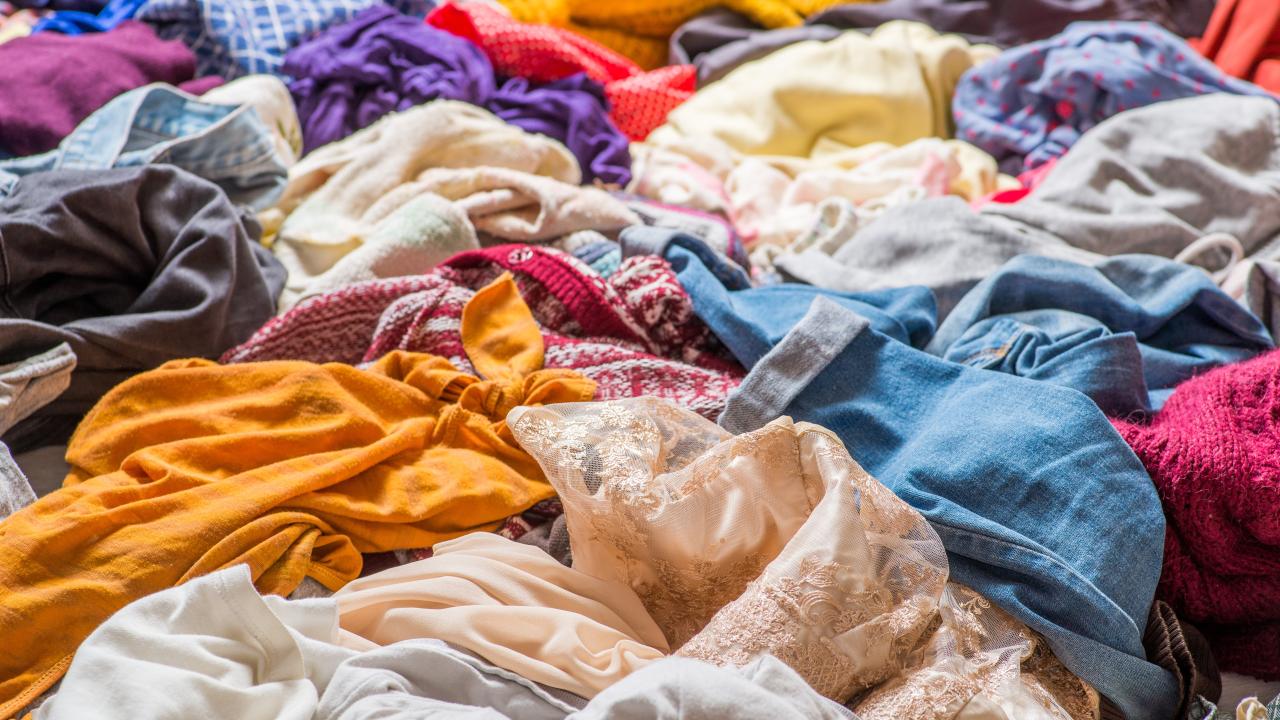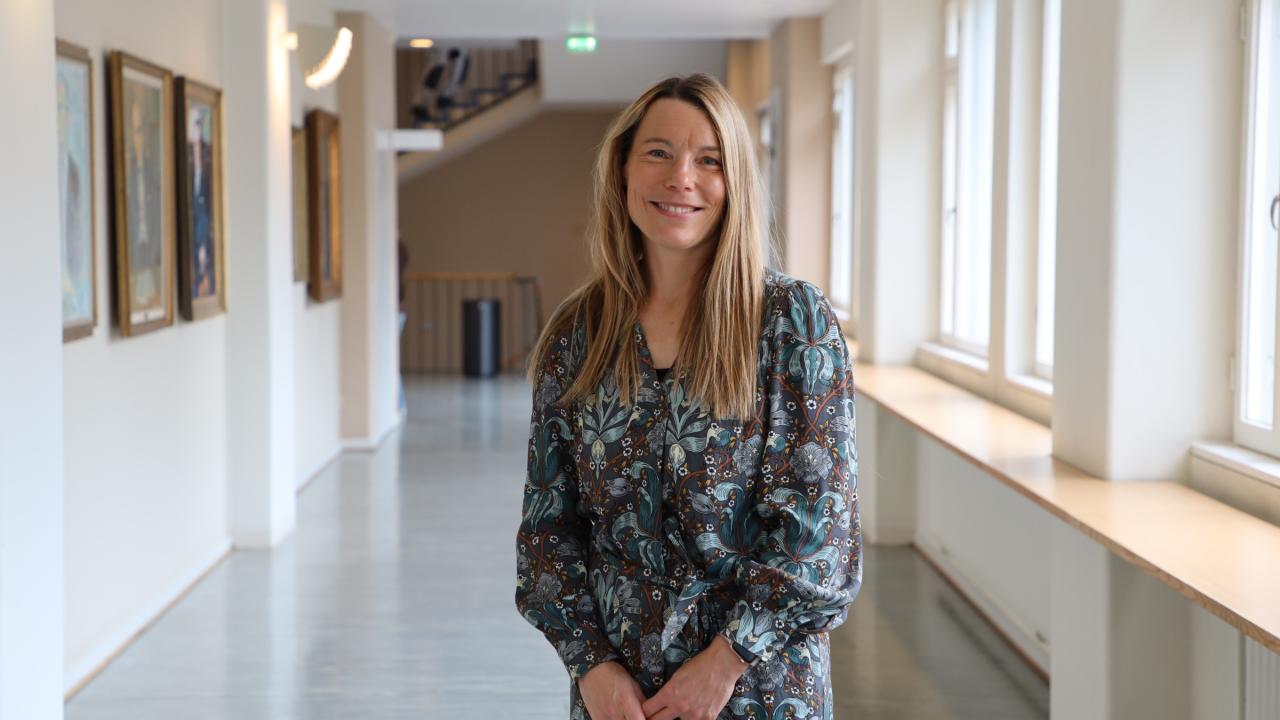New research explores efficient methods for recycling unusable clothing

According to the EU-directive, the responsibility for collecting end-of-life textiles from consumers lies on the municipal waste management companies. The directive is being implemented in Finland during this year and by 2025 on a European level.
Anna Aminoff, associate professor at Hanken School of Economics, studied together with her colleagues from VTT Technical Research Centre of Finland how the recycling could be arranged so that the value of the recycled material exceeds the costs of recycling. The study, published in the Journal of Cleaner Production, focuses on textile recycling supply chains in Finland. Textile-to-textile recycling is a process of material recovery of end-of-life textile waste into yarns for new fabrics.
“The whole process starts with the consumer. We as a consumers need to decide if a garment should be recycled or reused. Then we have to take the textiles to the collection point, which might be quite far away.”
The minimum requirement of the new directive is that end-of-life textiles should be collected separately, but the collection points do not have to be close to the consumer. However, the situation is improving. In Finland there are pilot projects where textile collection boxes are placed in malls or even provided by housing companies.
Expensive and complicated processes
Textile recycling processes, including collection and sorting, are expensive and complicated, and today only partly automated.
“Textiles need to be sorted in to 10 to 20 different fractions depending on if it’s made of for example cotton or viscose or if it’s mixed”, says Aminoff.
Ideally there would be 10 different containers for consumers to put the clothes in, depending on the material, but Aminoff says that it seems to be difficult for consumers to even do the division between if a garment should be recycled or reused.
“There seems to be a lack of knowledge and understanding, and we are quite lazy. Many consumers dump everything in clothing donation containers. A good rule of thumb is: would you give the garment to your friend? If yes, you can donate it.”
In the future the textile manufacturers or importers might be responsible for collecting end-of-life textiles, in the same way as with electronic waste. Producers will cover the costs of management of end-of-life textiles.
“Manufacturers would need to take recyclability into consideration already when producing clothes. Like jeans, for example, which often include elastane because it’s comfortable to use but makes it much more difficult to recycle.”
Regional centres for pre-sorting
Today the textile industry accounts for 10% of global greenhouse gas emissions, which are further exacerbated by expanding industry and textile volumes. EU generates 12.6 million tonnes of textile waste per year. The textile industry also has other major environmental impacts, including the use of large quantities of water and chemicals and generation of waste. In the developed world, most end-of-life textiles pass to municipal waste collection as mixed waste.
“In Finland, an estimated 77% of textiles end up as municipal waste. About 23% are received by charity organizations, but 20% of these become municipal waste”, says Aminoff.
The researchers suggest that there should be regional centres for pre-sorting of the end-of-life textiles in Finland.
The first large-scale textile waste-processing plant in the Nordics opened as a pilot project in Paimio, Finland, in February 2021 as a joint effort by a private company and the municipal waste management organization. In its first phase, the plant will process 12,000 tonnes of textile waste annually, which is about 10% of Finland's textile waste.
“Without coordination and a common strategy, municipal waste management organizations will arrange textile recycling from their own perspectives. This leads to that the costs of recycling exceed the value of the material obtained from the process.”
Text: Jessica Gustafsson


